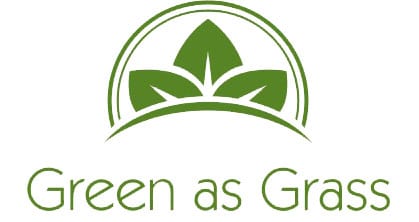What to expect from your new artificial grass lawn
Congratulations on your new lawn. If you’ve just invested in a new artificial grass lawn, you’ve probably got some questions about the way it looks and behaves. Here are some of our most frequently asked questions.
By the way, if you haven’t installed your artificial turf yet, please inspect it carefully before starting work. Most suppliers are reluctant to offer refunds on artificial grass that has been cut or glued after delivery.
My artificial grass is creased – what should I do?
Don’t panic! Artificial grass is stored and transported on a roll, a bit like carpet. From time to time, it does get a bit creased during transport. It’s quite normal to notice a few bumps and wrinkles when it’s first unrolled.
The very first thing you should do is take pictures. That way you’ll be able to reassure yourself over time that the creases are falling out. In our experience, bumps and crinkles will fall out within three months of the grass being installed.
Next, double check that the ground beneath the grass is perfectly level. Artificial grass will mould itself to the surface beneath it. If you feel the groundworks are faulty, contact your installer straight away.
Should artificial turf have colour variations?
Green As Grass always send each order from the same batch of artificial grass because we want to avoid colour variations. However – if you have ordered two or more deliveries separately, there may be some slight colour differences between batches.
One thing that does affect the appearance of a new artificial grass lawn is nap. Nap is the word used to describe the way the fibres are laying.
If your artificial lawn has been installed in more than one piece with the nap laying differently in each section, it will look a bit odd. Make sure all the fibres are running the same way before you apply any fixings.
If you’re sure the nap is right, using a plastic rake to move the fibres will normally sort out any colour variations.

How to care for your new artificial lawn
First of all, remember that artificial grass behaves very differently from a natural lawn. A natural lawn needs much more maintenance but it can often outgrow any damage. Artificial grass is tough, but it cannot repair itself.
Things to avoid
- Hot coals from barbeques etc – burns are not covered by the guarantee and they don’t repair easily
- Pet mess. Pet poo may stain or damage your artificial grass. Remove it as quickly as you can and rinse the area with diluted washing up liquid.
Harsh cleaning products. Any spillages need to be cleaned up quickly before they stain. Please don’t use bleach or any harsh detergents, they could strip the colour from your lawn. - Sharp objects including spiked shoes. Our artificial grass is tough but it’s not invincible. Warranties won’t cover damage incurred after delivery so please be sensible about the way you use your lawn.
Artificial grass is low maintenance – not NO maintenance. To keep the pile in good condition and looking great for years and years, I thoroughly recommend some regular housekeeping jobs on the lawn.
- Brush the grass once or twice a month with a medium stiff broom or non-metallic rake.
- Keep the grass free of debris and leaves otherwise moss can appear.
- Remove autumn leaves and/or fallen spring blossom using a leaf blower or non metallic rake.
- Gently pull out any weeds as soon as you see them (don’t worry, there won’t be many weeds but you might see the occasional opportunist!)

